Celebrating Mid-Autumn Festival with Lanterns
The rituals of celebrating traditional Chinese festivals in Malaysian Chinese communities are mostly originated from Southern China, which share some similarities but to some extent different from the culture of Han-ethnicity in northern areas such as Yantze River and Yellow River Basin. These differences are also apparent in the case of Mid-Autumn festival, a major festival in Chinese traditions.
Mid-Autumn refers to the fall season in the Chinese lunar calendar, but this season is absent in Malaysia where the weather is hot throughout the year. Despite the absence of cool weather in this tropical country, the celebration of Mid-Autumn festival managed to take its root in Malaysia under the influence of the Chinese immigrants from Southern China.
The celebration of Mid-Autumn Festival by the Malaysian Chinese community can be characterized in few keywords, i.e., mooncakes, moon worshipping, moon gazing and carrying lanterns. The latter item is the most popular seasonal activity among children.
Gift-giving during traditional festival is a common social practice among Chinese communities, which is important for building networks and friendships in business sectors.
In general, mooncakes are on sale around Ghost Festival (中元節) in fourteenth of July of Lunar Calendar.
In the old days, Chinese communities from different China's original hometowns had very strict in-bound ties, and each local community had a signature recipe of mooncakes. For example, Hokkien community preferred Hokkien puff-pastry mooncakes, Teochew communities preferred Teochew puff-pastry mooncakes with mashed taro fillings. These could be found in the corresponding markets of different local communities.
Later on, the sales of mooncakes from other origins withered and was nearly completely replaced by traditional Cantonese mooncakes. Different cake shops compete with each other to produce Cantonese mooncakes with different fillings.
At the end of the twentieth century, Shanghainese-style yolk pastry launched onto the market and became massively popular among the new generations.
In recent years, there is a revival of mooncakes from other origins, and these kinds of mooncakes reappear in the market again.
While celebrating the Mid-Autumn festival by eating mooncakes, people start to commemorate traditional customs of the Mid-Autumn festival.
Tasting mooncake in the Mid-Autumn festival is not just a gastronomic experience, but also a nostalgia of the Chinese traditions.
The gift-giving customs among relatives, friends and commercial partners have become the social foundation of supporting the economy of mooncake markets.
However, the custom of moon worshipping has been fallen into oblivion in recent years. Now one could hardly a family to follow the traditional practice to give feast-table offerings to worship the moon in the Mid-Autumn festival.
Since Neil Armstrong landed the moon in 1969, the folk beliefs rooted from the mythology of the moon palace have been largely disillusioned. As a result, when the old generation passed away, the new generations gradually abandoned the rituals of moon worshipping.
Recently, however, clansmen associations are aware of the decline of the traditions of moon worshipping. Thus, they reorganized small-scale “moon-worshipping groups” and even organized large-scale community rituals of moon worshipping. After the decline of the rituals in local families, these associations took over to maintain the traditions from past generations.
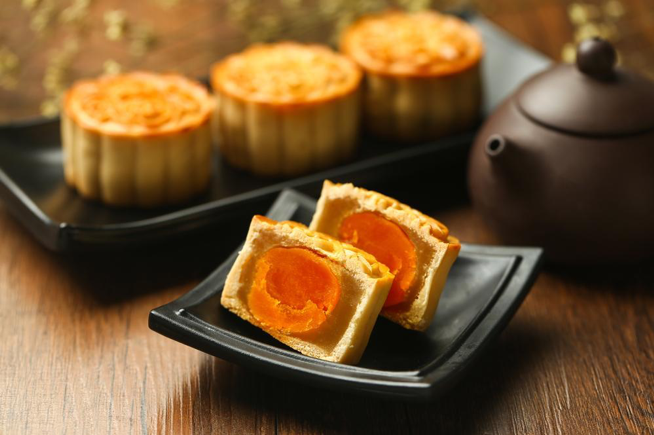
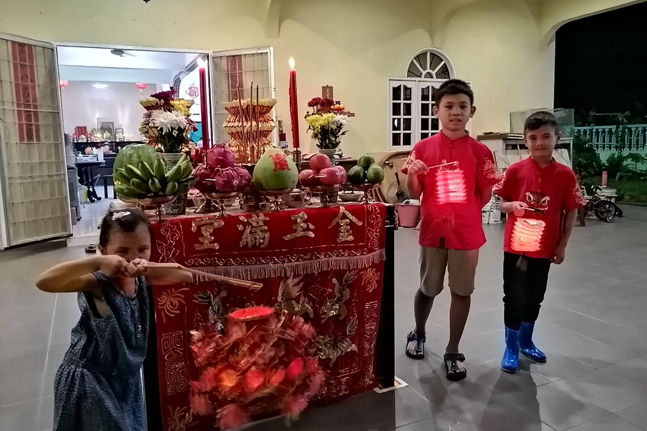
(Photographer: Chan Yann Sheng)
Therefore, without moon worshipping, Mid-Autumn nowadays is mostly regarded as a happy time for having moon cake during moon-gazing, and the joy of moonlight walk with the lanterns.
Malaysian Chinese’s Mid-Autumn festival celebrations have long been inheriting the customs of moon light walk with lanterns. They are very different from the traditions of Northern China, but share the same heritage from Southern China.
This seems to be a case that the local culture from Cantonese counties spread the whole Malaysian Chinese communities and became a collective memory of Mid-Autumn festival for over a hundred years.
Mid-Autumn Festival does not only mean the moon rising up the tip of coconut trees, but also means children laughing and singing happily with their lanterns during moonlight walking. Yes, for Malaysian Chinese, lanterns belong to Mid-Autumn Festival, but not Lantern Festival on the lunar fifteen of January!
I remember those days around the Ghost Festival on the lunar fourteenth of July. Mooncakes were on sale while lanterns were hung outside the entrance of shops, attracting the children passing by.
In Chinese-national type primary schools in Malaysia (華文小學), teachers in arts and design classes gave assignments of lantern-making. Teachers guided students to build up the skeleton with iron wires, then stuck the transparent glazed paper on it to create lanterns of different shapes and figures. Also, there were small-base plates for placing candles in the lanterns. After the completion of lanterns, students carried them proudly to home.
When the night fell at Mid-Autumn, the adults were busy preparing for moon worshipping, while children were carrying their lanterns and singing happily with cheerful laughter together. I guess the Moon Goddess Chang-e (嫦娥) would be laughing and spelling the happy words in her midnight dreams…
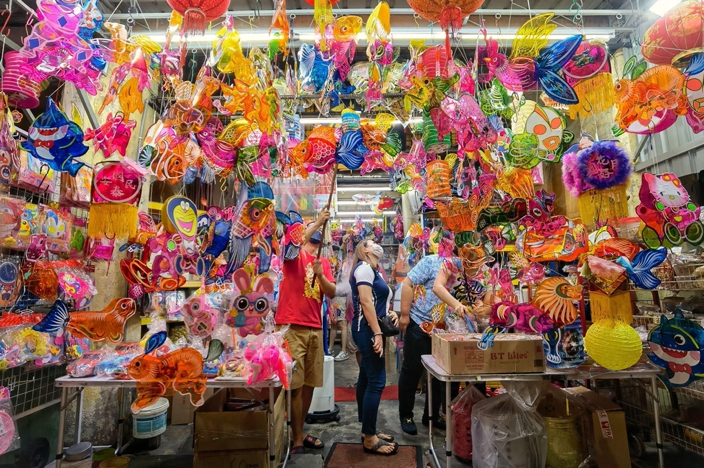
(Photographer: Tan Wan Teik)
According to the tradition of moon-worshipping, it is necessary to give vegetarian offerings including moon cakes, seasonal vegetables like eddoes, water caltrops, and assorted fruit. As the Moon Goddess Chang-e was believed to own eternal beauty, it is also a common practice that people give rouge powder as an offering. Thus, after the worshipping rituals, female members of the family could use the remaining flower petal and water to wash their faces in order to bring in the essence of beauties from the moon Goddess. The remaining rouge powder will be reused later on.
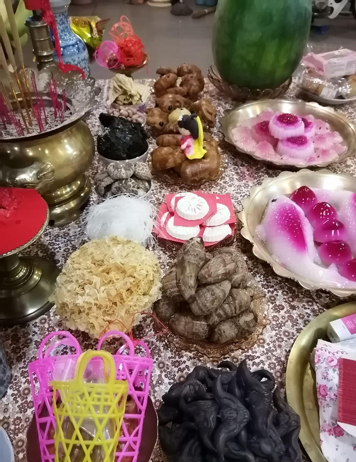
(Photographer: Chan Yann Sheng)
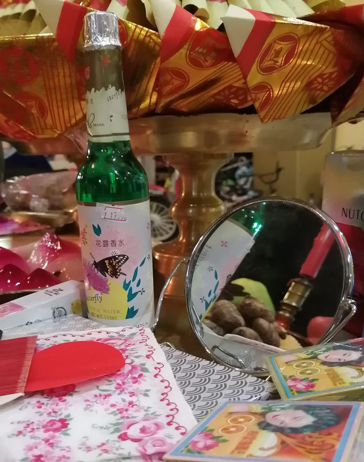
(Photographer: Chan Yann Sheng)
Although the Moon Goddess is accompanied by the jade rabbit which is a magical pharmacist in the traditional legend, I’ve never heard of any rituals to mimic the storyline of taking the autumn dew to achieve longevity. The possible reason is that the value of the mid-autumn festival lies on the value of a joyful childhood experience of playing with the lantern and tasting the mooncake instead of the legend perse.

(Photographer: Tan Wan Teik)
All articles/videos are prohibited from reproducing without the permission of the copyright holder.
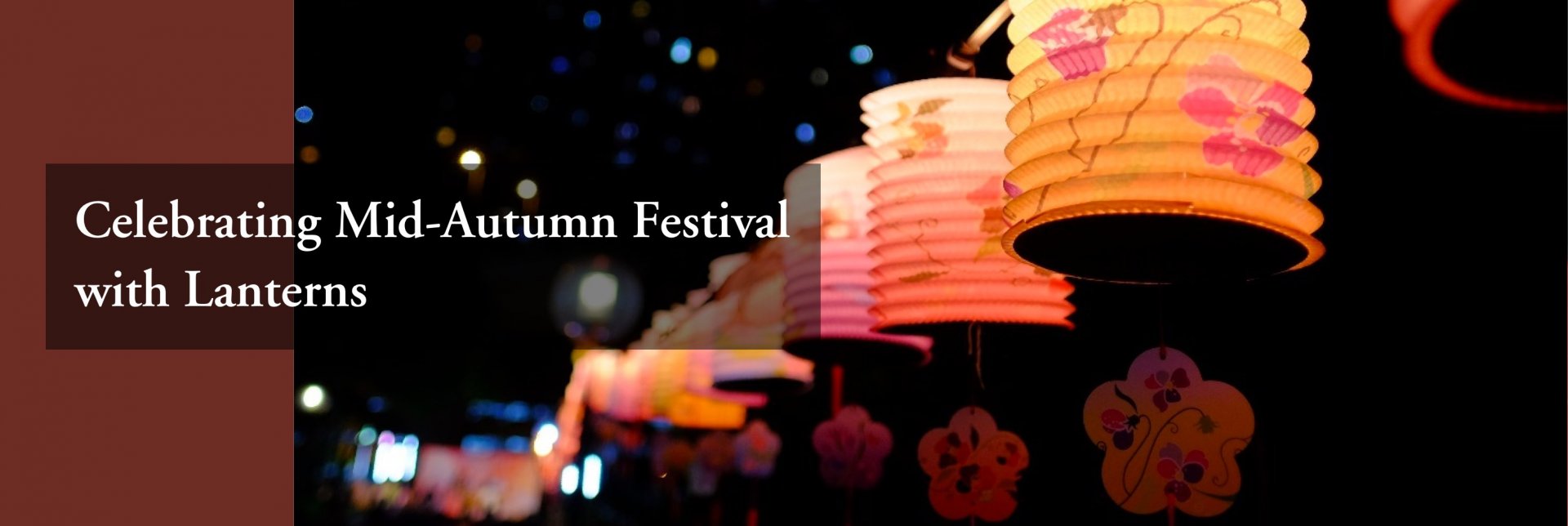
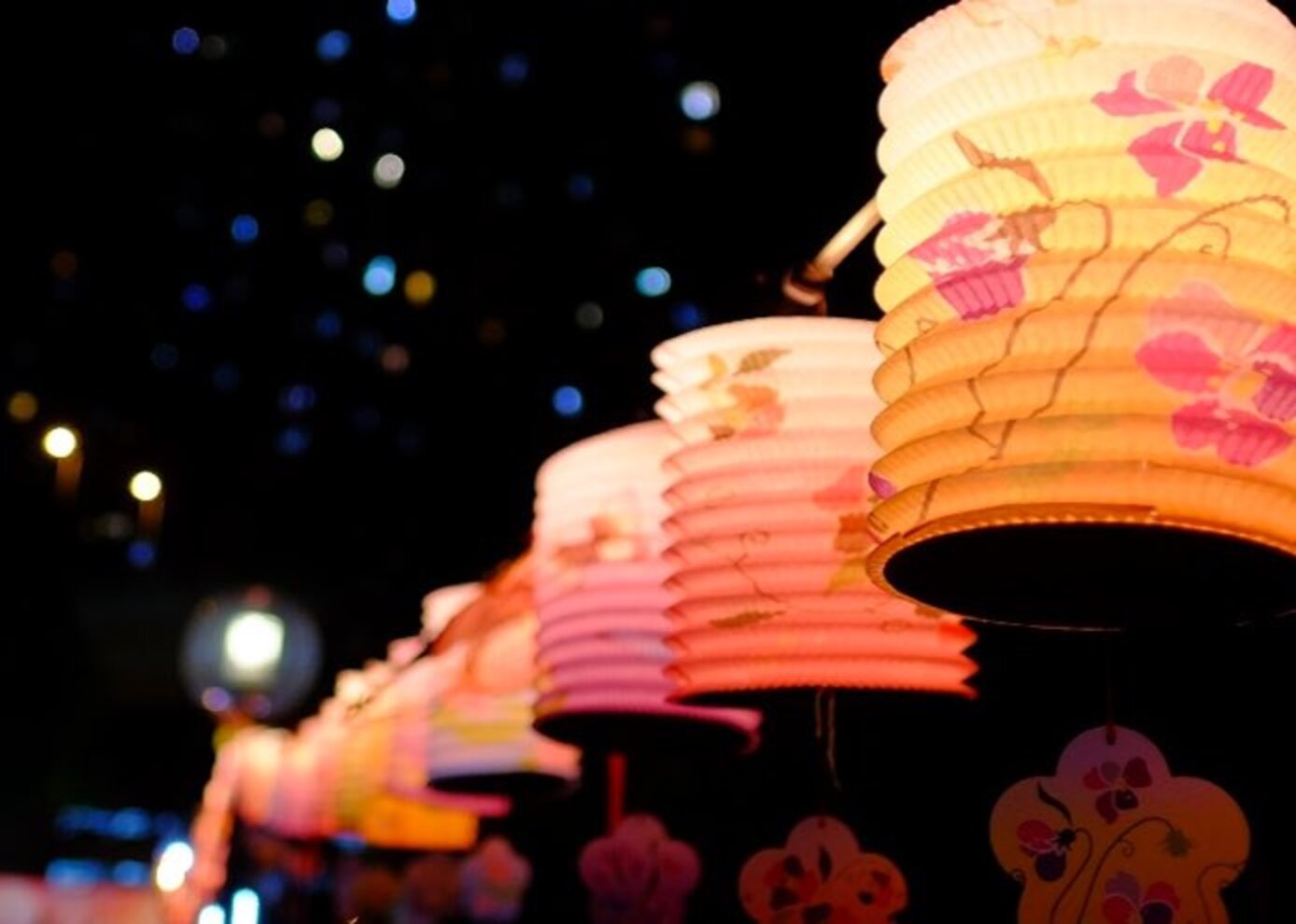


Welcome to leave a message:
Please Sign In/Sign Up as a member and leave a message七絕(仄一)(提燈過中秋)
作者:壹次心
到處遊人提燭燈,
一輪明月伴天澄。
公園園內擠人海,
賞月開心須得朋!
詞譜/詩類:《格律詩》
韻書:《平水韻》(詩韻)
#1
Chi Seng Pun
02-02-2023 15:54:39
小時候,常常跟哥哥自製燈籠,然後提燈通街走,玩完一輪便回家去。待媽媽拜完月光,就吃月餅、芋頭、菱角、水菓.....之後在月光下,躺臥在「馬閘」上,微微秋風輕送,正是天階夜色涼如水,臥看銀盤月亮星! 不知不覺就睡著了,醒來總是有張小被蓋著我。☺️
#2
Chi Seng Pun
02-02-2023 15:52:54